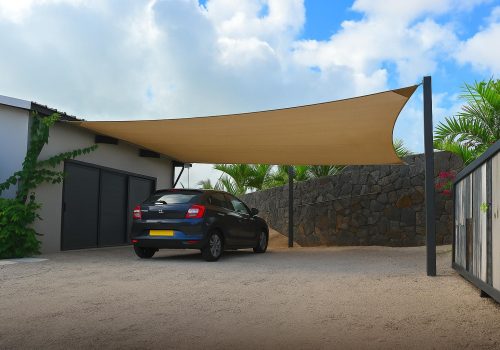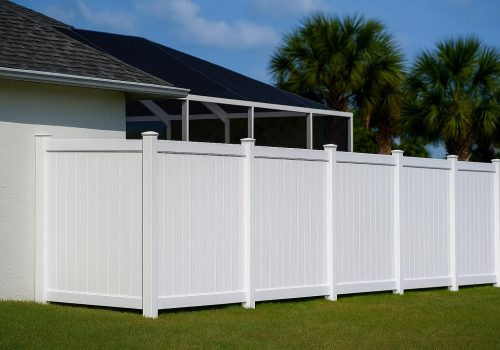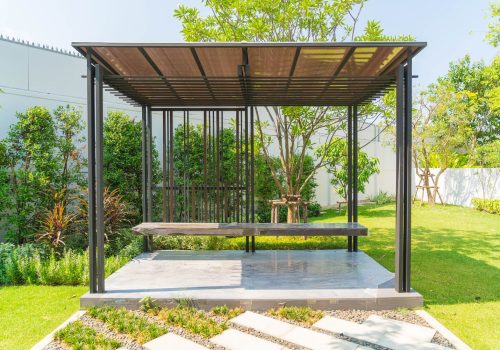How to Choose the Perfect Engineered Wood Floors for Your Interior Design
Choosing the right engineered wood floors can significantly elevate the look and feel of your home. With the warmth of natural wood and the resilience of a multi-layered structure, these floors are both beautiful and practical. However, not all options are created equal. From plank width to finish type, a variety of factors influence how well your flooring complements your interior design goals.
Consider the Overall Style of Your Space
Your flooring should harmonise with the visual identity of your home. For traditional spaces, opt for classic tones like oak or walnut with a brushed or hand-scraped finish. Contemporary interiors often benefit from lighter tones and sleek, matte finishes. Matching your floor’s tone and texture to your furnishings, paint colours and lighting is essential for a cohesive look.
Choose the Right Plank Size
Plank width has a surprising impact on a room’s perception. Wide planks can make spaces feel more expansive and luxurious, ideal for open-plan living areas. In contrast, narrow planks offer a more detailed, refined aesthetic, better suited to smaller or formal rooms. Take measurements of your space and consider the scale of your furniture before deciding.
Select a Suitable Wood Species
Engineered wood floors come in a variety of wood species, each with distinct grain patterns and hardness levels. Oak is a popular choice for its durability and timeless appeal, while ash and maple offer lighter, more modern aesthetics. For high-traffic areas, opt for harder species that resist dents and wear.
Don’t Overlook the Finish
Finishes not only affect appearance but also performance. A lacquered finish adds shine and is easy to clean, making it ideal for kitchens and hallways. Oiled finishes offer a more natural look and feel but require more regular maintenance. Think about both visual impact and your willingness to upkeep the surface.
Pay Attention to Installation Type
Laminated wood floors can be glued down, nailed, or floated. Floating floors are easier to install and allow for minor subfloor imperfections but may not feel as solid underfoot. Glue-down installations offer superior stability and sound insulation but require more preparation and cost. The installation method should align with your budget, subfloor condition, and DIY capabilities.
By balancing functionality, style, and sustainability, you can confidently select the perfect engineered wood floors for your interior design. With careful planning, your floors will not only enhance your space but also stand the test of time.





